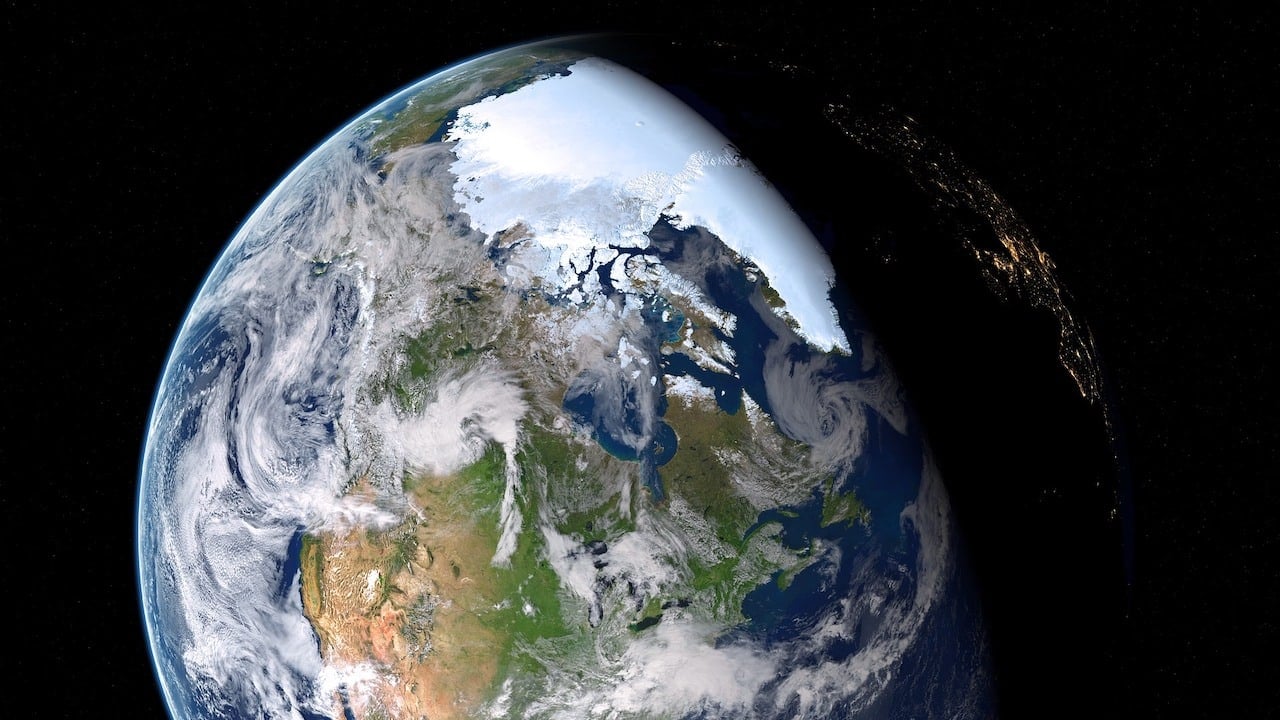An atmosphere is a gaseous envelope that covers a planet. In our case, the Earth’s atmosphere is divided into several layers and contains the gases necessary for life to exist.
In addition, our atmosphere absorbs ultraviolet radiation from the Sun, reduces the thermal oscillation between day and night, and acts as an effective shield to deflect meteors and other space debris.
Its composition is based on 78% nitrogen, which is essential for plant life; 21% oxygen, which is necessary for breathing; and the remaining 1% is made up of the other gases, including neon, argon, hydrogen and carbon dioxide.
Did you know that the atmosphere also contains water vapour, which is responsible for meteorological phenomena?



